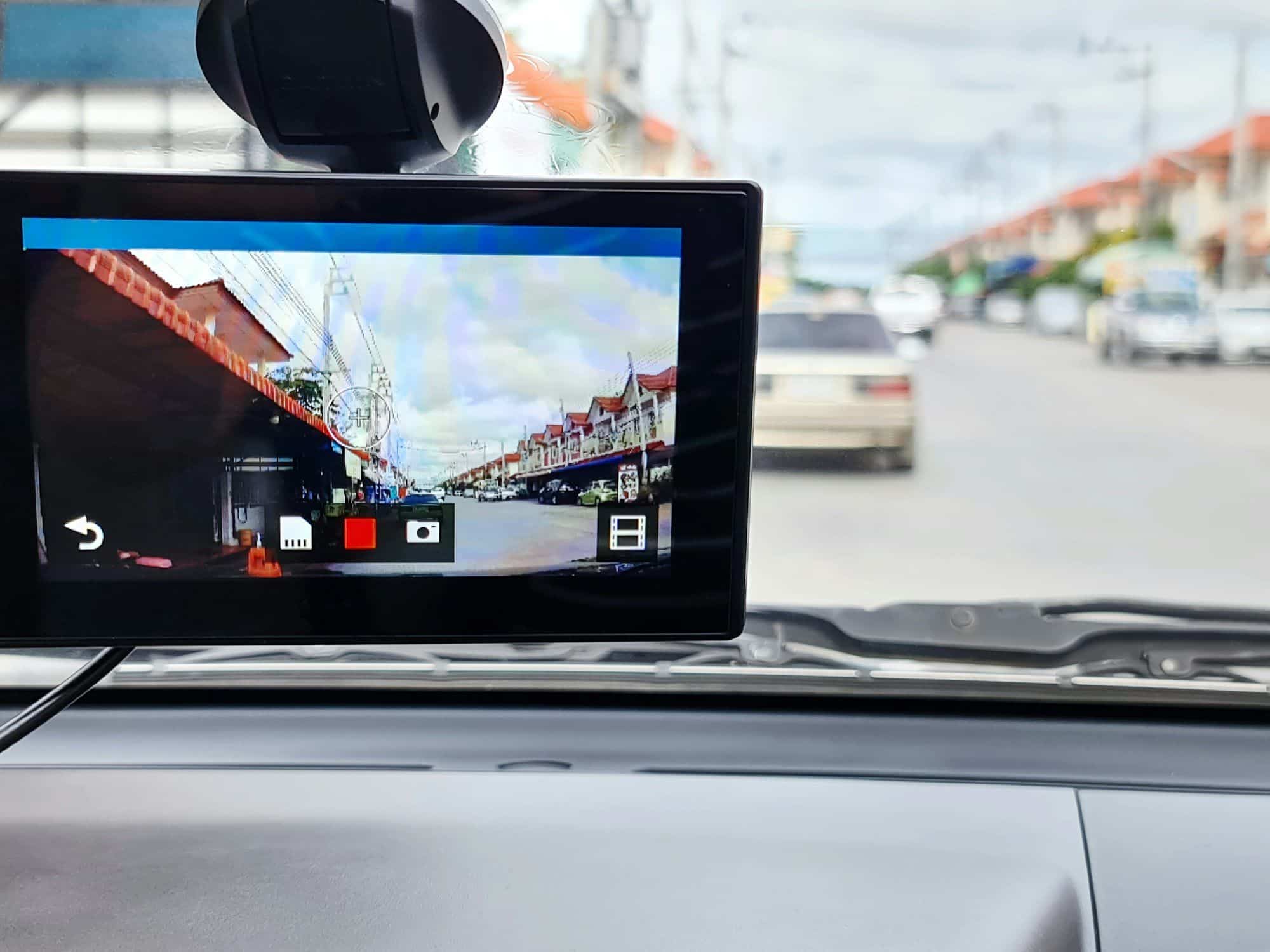In the contemporary world of technology and safety, installing a dash cam has become an essential step for every driver. These little devices can provide critical evidence in the event of an accident, and they can also capture memorable moments on your journeys. In the UK, the interest in dash cams is particularly high and continues to rise. But how exactly do you install one, and more importantly, set it up to capture both front and rear views? Let’s delve into this topic in more detail.
Choosing the Right Dash Cam
Before we discuss the installation process, it is crucial to choose the right device. Not all dash cams are made equal. Some models may only record the view in front of your vehicle, while others provide comprehensive coverage by recording both front and rear views.
Additional reading : How can you optimize your car’s cooling system for consistently high performance in UK’s variable weather?
When selecting a dash cam for your vehicle, you’ll want to consider a few key factors. For instance, make sure the device has a wide-angle lens to capture a larger field of view. Additionally, it should have high resolution for clear image quality. Night vision is also an important feature for recording in low-light conditions.
Furthermore, evaluate the storage capacity. A good dash cam should have ample storage to accommodate hours of footage. Some models offer loop recording, which automatically overwrites the oldest footage when the storage is full. This ensures you never miss an important event due to lack of space.
Topic to read : What are the effective ways to manage road rage incidents on UK motorways?
Installing the Front Dash Cam
Now that you’ve chosen your preferred dash cam, the first step in the installation process is setting up the front camera. The placement of the front dash cam is important as it should not obstruct your view of the road.
The ideal place for most vehicles is at the top of the windscreen, slightly to the right of the rear-view mirror. This location offers a clear view of the road without obstructing the driver’s vision.
Start by cleaning your windscreen. Use a glass cleaner and a microfibre cloth to ensure there’s no dust or dirt that might interfere with the suction cup or adhesive pad of the dash cam. Once clean, attach the dash cam to the windscreen.
Next, route the power cable along the headlining of the car, down the A-pillar and under the dashboard to the 12-volt socket or hard-wire it directly to your vehicle’s fuse box. Keep in mind, hard-wiring a dash cam usually requires a specific installation kit and may require professional help.
Installing the Rear Dash Cam
The process of installing a rear dash cam is slightly more complex. The camera should be placed at the top of the rear window for a clear view of the road.
Clean the glass where you plan to mount the camera, then attach it using the suction cup or adhesive pad. The next step is to route the power cable to the front of the vehicle.
This can often be the most challenging part of the installation, as you’ll need to run the cable along the headlining, down one of the pillars, and then under the car’s carpeting or along the door sills to the front of the vehicle.
You then need to connect it to the main dash cam or the power source depending on the model of your dash cam. Most rear cameras do not have their own power source and need to be connected to the main dash cam.
Setting up the Dash Cam
After physically installing the dash cam, the next step is to set up the software. This generally involves adjusting the camera angle, setting the date and time, and configuring other settings according to your preferences.
First, adjust the camera angles. Make sure both the front and rear cameras are capturing the full view of the road. You might need to drive around a bit to check if the cameras are set up properly.
Next, input the correct date and time. This is important as the recorded footage will be timestamped, providing valuable information in case of an accident.
Lastly, configure your preferences for features such as G-sensor sensitivity, motion detection, and parking mode. Depending on your dash cam model, you might also be able to adjust video resolution and frame rate.
Legal Considerations in the UK
In the UK, the use of dash cams is legal and even encouraged by some insurance companies. However, there are certain guidelines you must follow.
Firstly, the dash cam should not obstruct the driver’s view. The Highway Code states that windscreens and windows must be kept clean and free from obstructions to vision. Thus, make sure your dash cam is not blocking your view.
Secondly, be aware of privacy laws. Under the General Data Protection Regulation (GDPR), if you’re recording people in public, you might need to inform them. Although this rarely applies to individual drivers, if you’re using the footage for commercial purposes, you may need to abide by these rules.
Lastly, the footage from your dash cam can be used as evidence in court. However, it must be unedited and should not violate any laws, for instance, showing you were speeding.
Installing and setting up a dash cam to capture both front and rear views in your vehicle can offer peace of mind. It provides a record of everything happening around your vehicle and can be a crucial piece of evidence in case of an accident or dispute. While the process might seem intimidating, it’s relatively straightforward, and the benefits are unquestionable.
Maintenance and Troubleshooting your Dash Cam
Maintaining your dash cam is a crucial step to elongate its lifespan and ensure its optimal functionality. Regular maintenance does not require much effort but can make a world of difference.
Start by regularly cleaning the lenses of both the front and rear cameras. Dust and dirt can accumulate on the lenses over time, affecting the image quality. Use a soft microfiber cloth to gently clean the lenses without scratching them.
Inspect your power cables from time to time. Make sure they are not frayed or damaged. If you notice any sign of wear and tear, replace them promptly to avoid any power issues.
It’s also advisable to regularly check the storage of your dash cam. Even if your device has loop recording, you may still want to manually delete old videos from time to time, especially if you haven’t captured any significant events. This will ensure that your storage is always ready to capture new footage.
Occasionally, check your dash cam settings to make sure everything is running smoothly. If you notice any issues with the video quality or the dash cam functionality, refer to the user manual or contact customer support for troubleshooting advice.
Conclusion
In the modern era of technology and security, a dash cam serves as an indispensable tool for drivers in the UK and beyond. It not only provides critical evidence in the event of an accident but also helps capture memorable moments of your journeys.
Choosing the right dash cam, installing it correctly, and setting it up to capture both front and rear views is a rewarding endeavour. While the process may seem complex, it’s a straightforward task with a little patience and careful following of instructions. Remember, it’s not just about installing the cam; regular maintenance and understanding the legal considerations also play a pivotal role in ensuring your dash cam functions effectively.
Understand that while having a dash cam can provide a sense of security, it doesn’t replace mindful and safe driving. Always adhere to the rules of the road and maintain respect for other road users. After all, the primary purpose of a dash cam is to enhance safety, not to justify risky behaviour.
In conclusion, a well-installed and well-maintained dash cam is a prudent investment for every driver. It provides peace of mind knowing that you have a reliable eyewitness on your journeys, ready to provide objective evidence when needed. Happy and safe driving!











